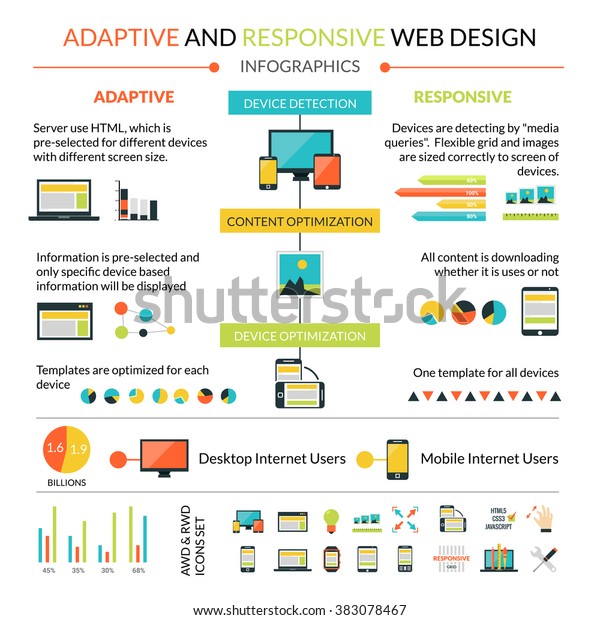Open Extensive Understandings Of The Role Shade Psychology Plays In Shaping Customer Habits On Websites, Sparking Curiosity About Its Prospective Results On Your Brand Name'S Electronic Identity
Open Extensive Understandings Of The Role Shade Psychology Plays In Shaping Customer Habits On Websites, Sparking Curiosity About Its Prospective Results On Your Brand Name'S Electronic Identity
Blog Article
Developed By-Chan Warner
Take advantage of the power of color psychology in website layout to enhance individual interaction and assumption. Colors set off feelings, convey messages, and influence how individuals translate your site. They impact behavior and decision-making, so pick wisely. Cozy colors develop seriousness, while cooler tones generate relaxation. Contrasting colors assist highlight key elements. guidelines for ada compliant websites form your brand identification, reinforcing acknowledgment and link with your audience. By aligning shades with your brand name values and considering your target audience's choices, you can develop a visually attractive and mentally powerful web site. Your internet site's color pattern can make a considerable distinction in exactly how customers regard and interact with your brand.
Relevance of Shade Psychology
Understanding the significance of color psychology is vital for producing impactful and engaging internet site layouts that reverberate with your target market. Colors have the power to stimulate emotions, communicate messages, and impact perceptions. By strategically picking the right colors for your site, you can boost the overall individual experience and leave a long-term perception.
Color psychology plays a vital role fit the understanding of your brand. Different colors have unique organizations and definitions attached to them. For seo content websites , blue is commonly connected with depend on and professionalism, while red can stimulate feelings of enjoyment or necessity. By straightening the colors on your internet site with your brand values and messaging, you can develop a solid visual identity that attracts and keeps individuals.
In addition, color selections can impact user behavior and decision-making. Research studies have actually shown that certain shades can affect how users view information and communicate with an internet site. By comprehending the psychological effects of shades, you can create a site that overviews customers in the direction of details activities, such as buying or enrolling in an e-newsletter.
Influence on Individual Behavior
Shade options in website layout can straight influence just how users behave and communicate with the web content provided. When individuals check out a web site, the colors used can evoke details emotions and reactions that impact their browsing experience. For example, warm colors like red and orange can produce a sense of necessity or exhilaration, prompting individuals to do something about it promptly. On the other hand, great shades such as blue and green tend to have a relaxing result, suitable for promoting leisure or count on.
Using contrasting colors can accentuate vital components on a web page, assisting customers towards details areas like switches or contacts us to action. Likewise, a well-thought-out color scheme can enhance readability and navigating, making it much easier for users to find info and involve with the material. By tactically integrating shades that straighten with your website's objective and target market, you can properly influence user actions and boost overall interaction.
Enhancing Brand Name Identification
To develop a solid and identifiable brand name identification through website design, take into consideration how color options can play a key duty in shaping how users regard and get in touch with your brand name. Shades evoke feelings and associations, making them effective devices for communicating your brand name's worths and character. Consistency in shade usage throughout your website can help strengthen brand acknowledgment and develop a cohesive visual identity.
When selecting shades for your site, consider how different shades align with your brand's message. For example, blue commonly signifies dependability and professionalism and reliability, while green can evoke feelings of development and eco-friendliness. By integrating these shade significances tactically, you can boost your brand's photo and connect with customers on a subconscious level.
Keep in mind that color psychology isn't one-size-fits-all; it's important to consider your target market's choices and cultural distinctions when choosing colors. By leveraging the psychology of color in your internet site style, you can strengthen your brand name identity and leave an enduring perception on visitors.
Conclusion
As you navigate the vast sea of websites, keep in mind the power of color psychology leading your every click. Like a painter with a palette, developers craft online experiences that stimulate feelings and shape perceptions.
From soothing blues to vivid reds, each color plays a crucial function in capturing your focus and influencing your activities. So next time you surf the web, take a minute to appreciate the artistry behind the colors that border you.
